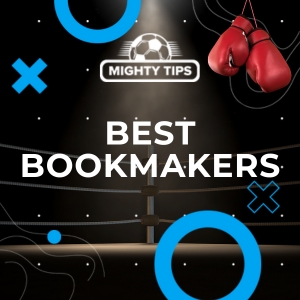Subscription gaming options are appearing across platforms, and interest grows with each month. For many players, the idea feels as natural as paying for a movie app. Instead of buying single releases, they pay a flat fee and unlock libraries on consoles, PC, and phones. Early fans who enjoyed trying things on casino-style hubs such as Slotpony noticed the ease of recurring payments. That same habit now spreads across mainstream play, from shooters to sports sims and party hits. This piece explains why passes appeal, what blocks remain, and whether the model can steer the next decade of online play. By the end, you will have clear guidance and practical tips for picking a pass. Use that guidance to match a plan with your budget, time, and gear.
What a Subscription Gaming Service Is
At its heart, a subscription gaming plan works like a library card for software. Unlike renting discs or cartridges, there are no late fees, and the lineup updates often. A company builds a catalog and charges members a recurring fee to open the full collection. Some plans stream titles over the internet, letting players start without long downloads or patches. Others allow full installs while the membership stays active on the account. Names include Xbox Game Pass, PlayStation Plus Extra, Apple Arcade, and publisher vaults. Plans usually mix fresh releases, classic hits, and bold indie ideas under one roof. Predictable costs help families plan better than surprise launches that strain monthly budgets. For studios, recurring income brings stability and exposes new audiences to overlooked titles. Access replaces ownership for many players, echoing a broader shift toward services in tech. Clear rules about downloads, streaming limits, and save data help set honest expectations.
Why Gamers Are Signing Up in Droves
Several clear gains explain the fast rise of subscription gaming among players. First, value for money stands out for tight budgets and careful spenders. One budget title can cost sixty dollars, while that amount can cover three months of access to hundreds of games. Second, variety keeps boredom away and sparks discovery across styles and play lengths. Players can try genres they would not risk buying, from puzzlers to classic adventures, then move on without guilt. Third, social ease matters for co op nights and quick group sessions. When friends choose a new co op release included with a pass, everyone can join instead of waiting for sales. Fourth, smooth cross-device play makes gaming flexible and easier to fit into life. Many services sync saves across console, PC, and cloud, so progress follows you anywhere. Start on a phone during a commute, then finish at home on a TV. Finally, discounts and perks add value through permanent price cuts and small bonuses. Members often receive in-game currency, bonus trials, and cosmetic items that feel like extras. Teens trade tips about finding the way that older players once swapped cartridges with friends.
Challenges These Services Still Face
Despite excitement, the model is not perfect in daily use for everyone. One major worry for players is the rotating shelf issue that affects libraries. Publishers can pull games when license deals expire, leaving unfinished runs in limbo. That risk pushes collectors to keep buying permanent copies for favorites they replay often. Bandwidth creates another hurdle for homes without strong networks or reliable service. Cloud play needs a stable, fast link, or lag will break ranked matches and raids. Even download-based passes demand storage space, and not everyone owns an extra-large drive. Pricing can cause confusion when tiers use gold, platinum, and ultimate labels with unclear limits. From the studio side, payment formulas raise fairness debates for small teams and niche projects. A short engagement window can mean lower earnings than direct sales for certain releases. Critics also worry about game preservation and long-term access for teaching and research. Exclusive deals may split communities, forcing friends onto separate services to keep playing together.
What the Future Might Look Like
Market watchers expect subscription gaming to keep expanding, yet disagree on pace and shape. One path mirrors streaming video, with many competing passes serving focused groups of players. Another path brings consolidation as large tech giants buy smaller services and bundle more products. Games may sit beside music, shows, and cloud storage inside one unified plan for families. Whichever path wins, player behavior will shape the scene far more than marketing. If members cancel when a favorite leaves, companies will push for longer license terms. If families demand cross-platform play, services will need to break down the old walls between systems. Technology will move things along as 5G and fiber become common in towns and homes. Streaming quality should match local play for many people, making the library in your pocket feel real. Smarter suggestion tools could surface hidden gems based on habits and honest ratings. The end goal stays simple: a smooth doorway to endless games at a fair monthly price. Careful shoppers can use trials, family plans, and deals to stretch every dollar.


